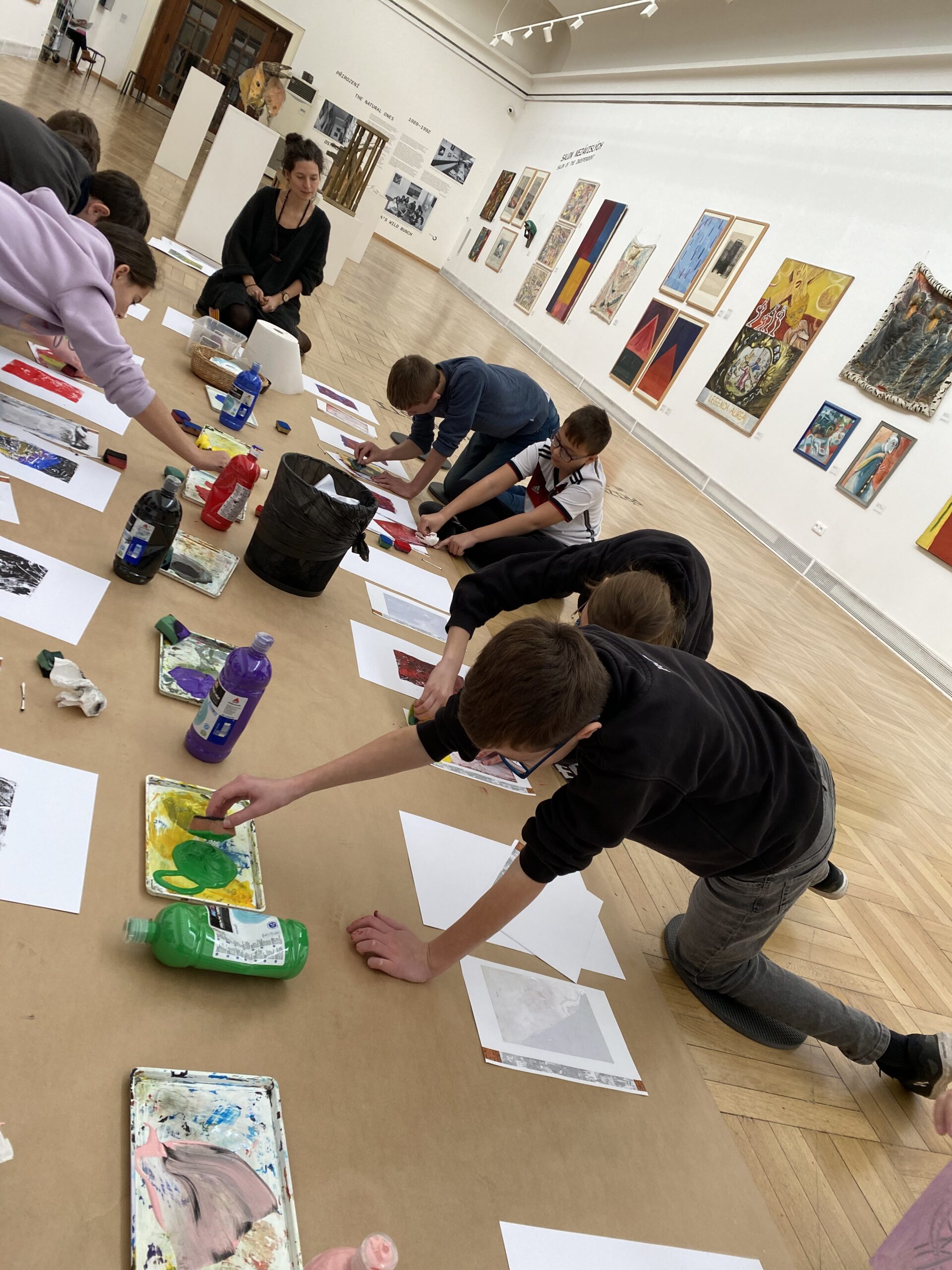Creating Realistic Skin Tones with Pastels
페이지 정보
작성자 Christin 작성일 25-07-23 21:20 조회 3 댓글 0본문
When it comes to creating natural skin tones, a lot of artists reach for their trusty digital coloring tools. However, one often overlooked medium for capturing the subtleties of human skin is pastels.
Pastels can be a challenging medium for those who have not worked with them before, but with a little practice, they can be a powerful tool for creating realistic skin tones. The key to working with pastels for skin tones is to understand how to layer and effectively layer them.
One of the primary advantages of pastels is their ability to capture the soft tones that are typical of human skin. When applied with a light touch, pastels can produce a diverse delicate colors that are ideal for capturing the nuances of skin texture and undertones.
To get started with using pastels for skin tones, it's essential to begin with a firm understanding of the basic colors and undercurrents of the skin. Human skin can vary between a golden tone to a cool hue, and everything in between. By understanding the undertones of the skin, you'll be able to mix and blend the pastels more accurately to achieve a conversational tone.
When working with pastels, it's also crucial to pay attention to the application process. Soft strokes can be used to produce subtle color gradations, while lighter touches can be used to suggest the contours and contours of the the skin. By layering and blending the pastels carefully, you can create a rich and belivable skin tone.
One of the most critical aspects of working with pastels for skin tones is the importance of blending. By mixing the pastels as you work, you can produce seamless transition between colors that will be essential for capturing the realism of skin. This also allows you to attain a subtle effect that reproduces the play of sunlight on the skin.

Another key aspect of using pastels for skin tones is the consideration of undertones and surface tones. To attain a realistic skin tone, it's crucial to blend the warm and cool undertones of the skin. By carefully mixing and blending the pastels, you can achieve a natural-looking tone to create a a realistic skin tone.
Overall, using pastels to develop realistic skin tones can be a challenging and rewarding medium to work with. By understanding the basic colors and undertones of skin, heed the application procedure, international art competition blending and layering carefully the pastels, and considering undertones and overtones, you'll be well on your way to reproducing the subtleties and nuances of lifelike skin tones in your artwork.
댓글목록 0
등록된 댓글이 없습니다.



